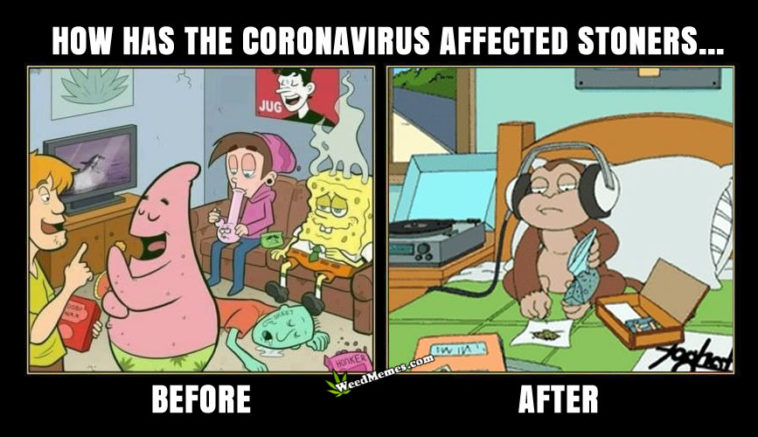COVID in Children
Recent evidence suggests children can be carriers of SARS-CoV-2, which has implications as schools reopen this Fall.
We don’t know exactly what the risk is of asymptomatic children passing on the virus, but this study suggests it is not negligible. This, of course, would be the worst-case-scenario for opening schools – that children can be asymptomatic carriers and spreaders of the virus, bringing it back to the adults in their home. Meanwhile, the
American Academy of Pediatric is urging a “safe” return to school this fall, especially for younger children. They are concerned about the learning and socialization of children, especially since we have essentially already lost a semester. How do we balance these two concerns?
In countries where the pandemic is still spreading, like the US, we need to carefully consider our strategy for returning children safely to school while containing the pandemic. Here the South Korea model may be instructional – use extensive testing and contact tracing to detect any spreaders and isolate them quickly. No such system is in place in the US, however.
Basic precautions will help to some degree. Many schools are reducing the number of days children will be in school and instituting rules for social distancing, mask wearing, and hand hygiene. This will help. Younger children may find it harder to comply, but they are also less likely it appears to contract the virus and spread it in any case. Shifting as much as possible to online learning is also one strategy.
Many schools, however, lack the resources to fully implement a COVID strategy for this fall. This is all a massive experiment, and we may not like the outcome.






